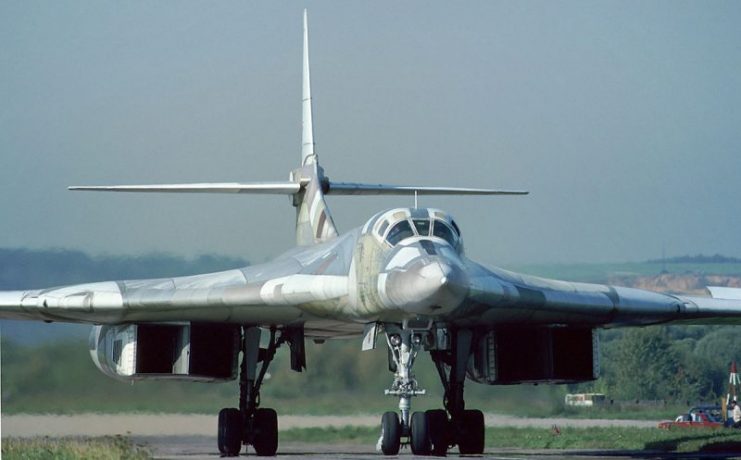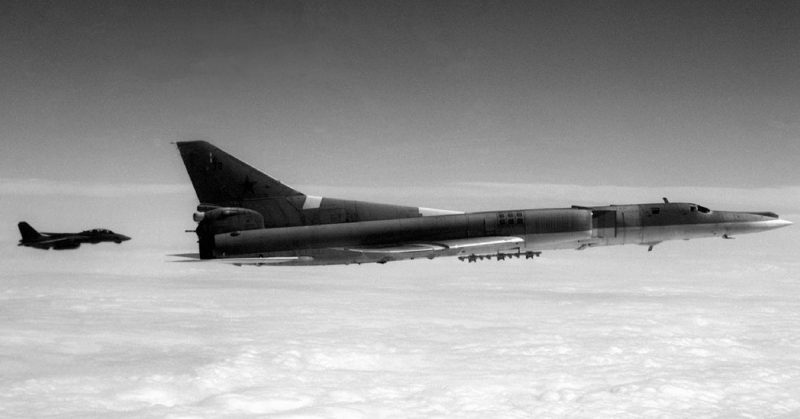The USSR’s force of long-range strategic bomber aircraft evolved out of USSR copies of the United States’ (US) B-29 strategic bomber aircraft. By the early 1960s, the USSR combat aircraft force had evolved into a potent air fleet of fighter jets and turboprop nuclear-armed strategic bombers.
The Tupolev Design Bureau’s Bear, Badger, and Blinder Bomber aircraft formed the necessary spinal column in the USSR’s strategic bomber force. Distinct from the Strategic Air Command, the USSR’s long-range strategic aviation force never mounted significant airborne patrols and it had fewer air-to-air refueling tankers. It relied on strategic staging airbases in the Arctic region.
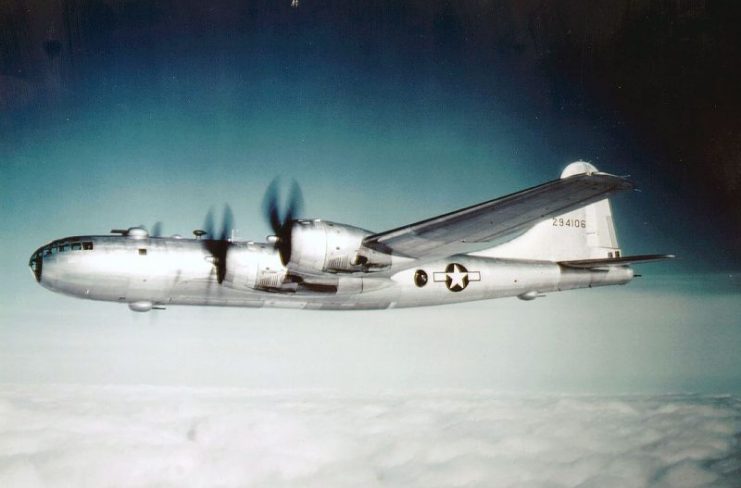
From the 1950s to the 1980s, the best bomber aircraft in the USSR were the Tu-16 Badger, the Tu-22 Blinder, the Tu-95 Bear H, Tu-22M Backfire, and the Tu-160 Blackjack.
Tupolev Tu-16 Badger
The USSR’s Tu-16 Badger combat aircraft was designed as a speedy jet bomber for rapid strike missions in theaters near to the Soviet Union. It was built to replace the aging propeller-driven Tu-4 bombers.
The supreme test during the USSR’s development of this bomber was increasing its speed to advance its combat survivability and durability when facing enemy fighters.
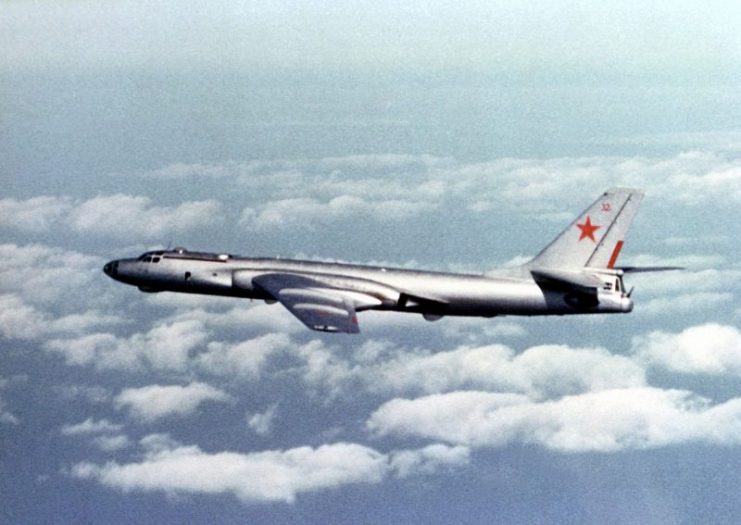
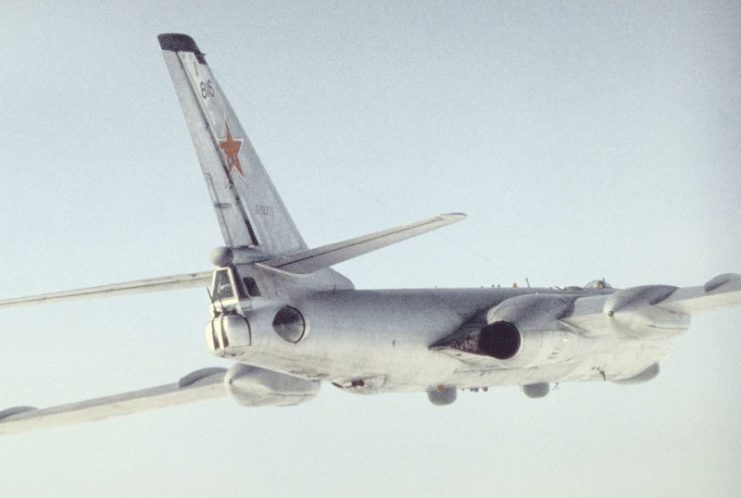
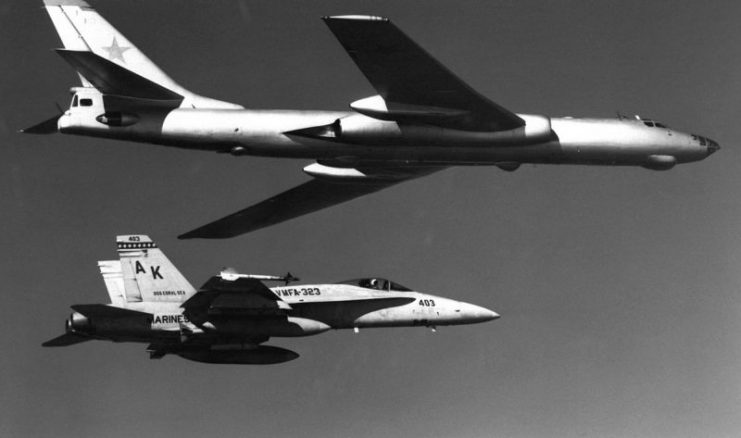
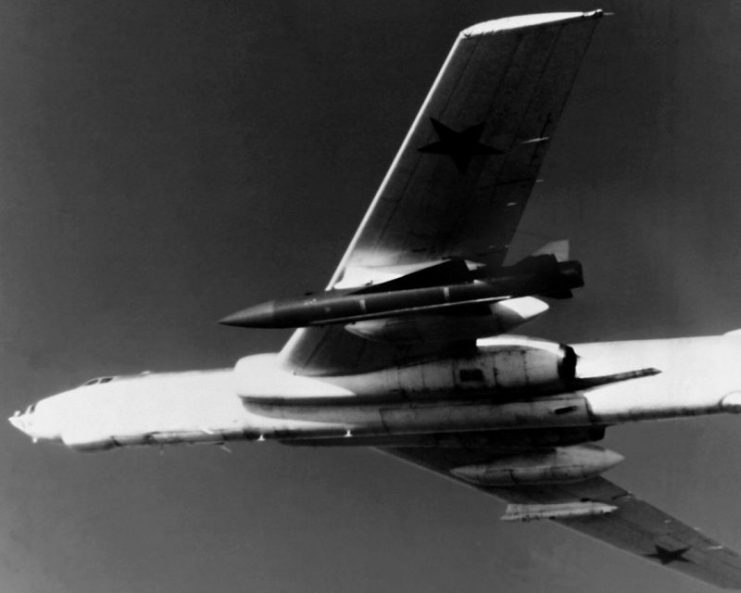
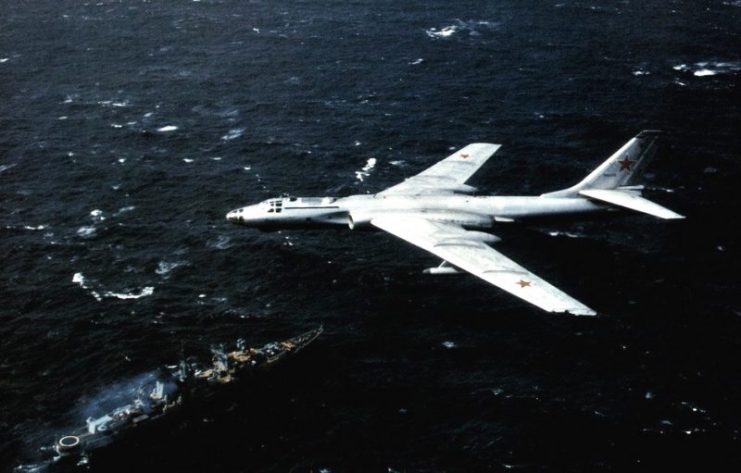
Tupolev Tu-22 Blinder
In the 1950s, the USSR designed the Tu-22 Blinder bomber aircraft to replace the Tu-16, which became obsolete due to the development of a new generation of Western interceptors and advanced missile systems.
The Tu-22 Blinder was built to penetrate unfriendly airspace at high speeds and at high altitudes. The Blinder C was devoted to maritime reconnaissance missions because it is equipped with cameras and sensors located in its weapons bays.
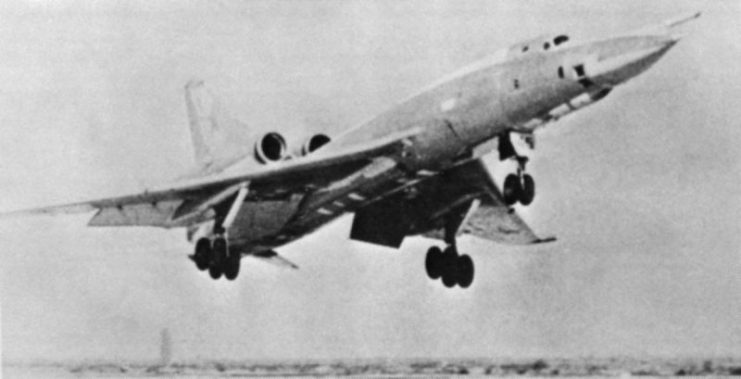
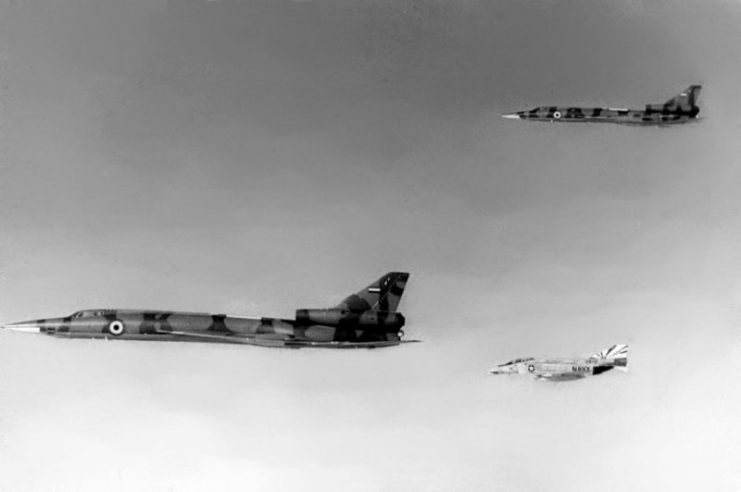
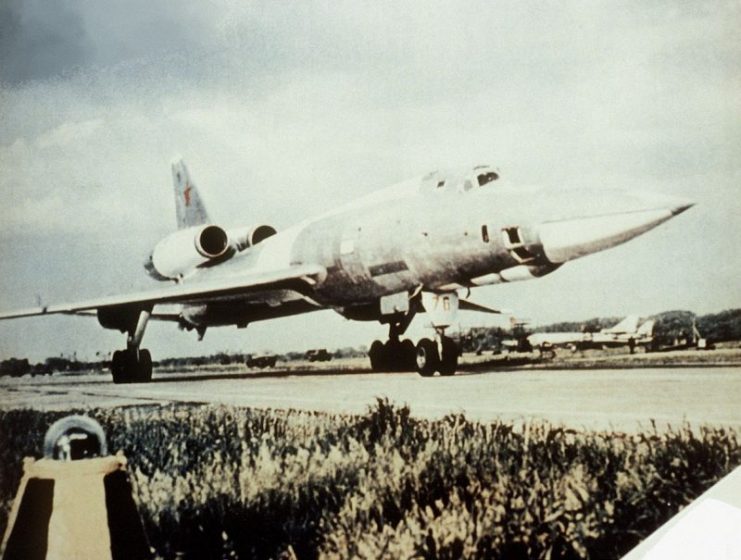
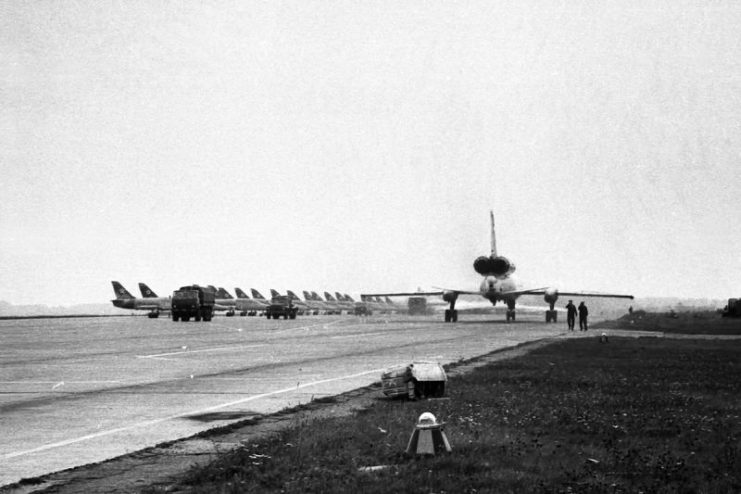
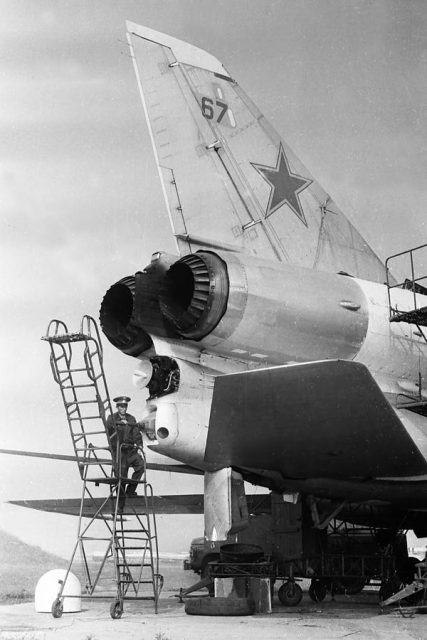
Tupolev Tu-95 Bear H
In the 1950s, the USSR designed the Tu-95 Bear H bomber aircraft. It is one of the most successful bombers created by the USSR’s Tupolev Design Bureau. This heavy bomber has had long service in a variety of combat roles and arrangements. In the 1980s, it was the only bomber aircraft deployed by the USSR with turbo-prop engines.
The Tu-95 bombers have long endurance at speeds a little less than some turbojet-powered heavy bombers.
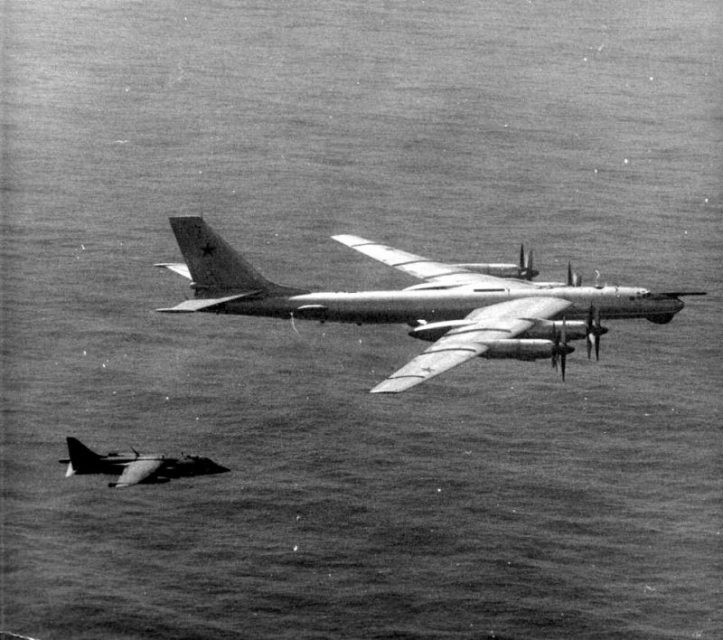
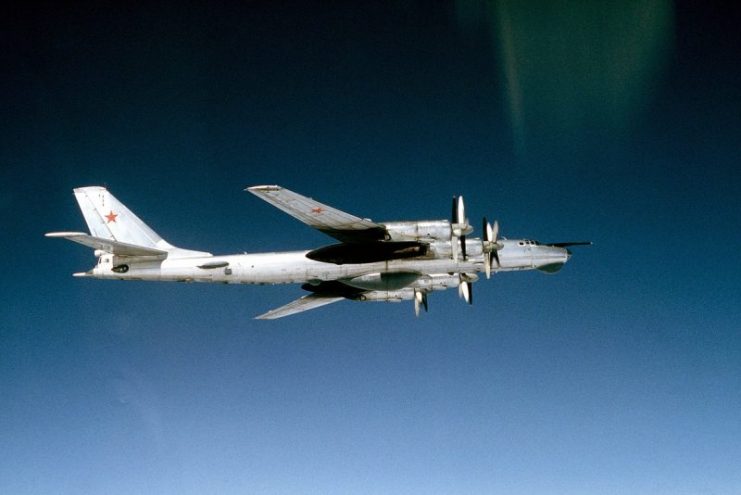
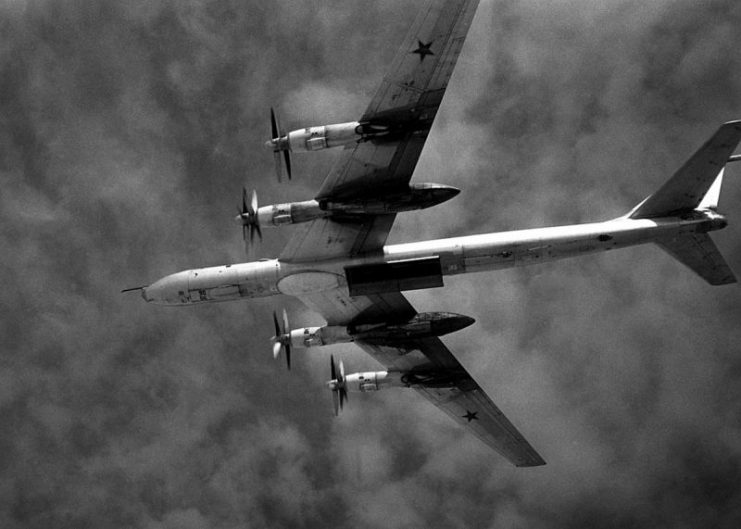
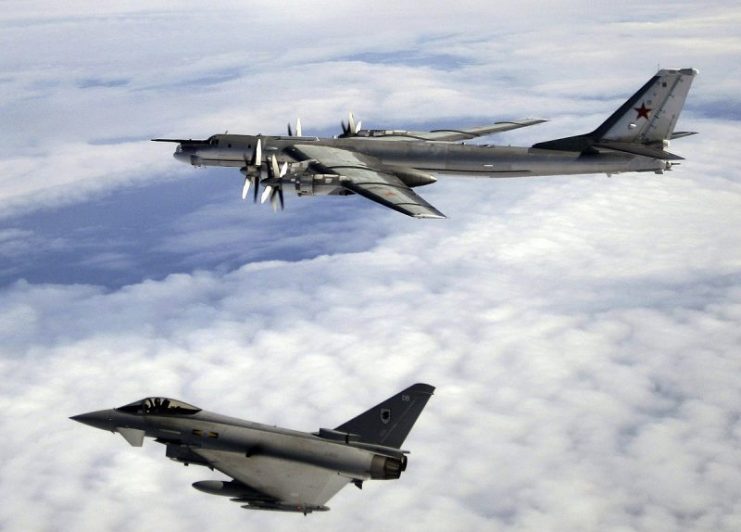
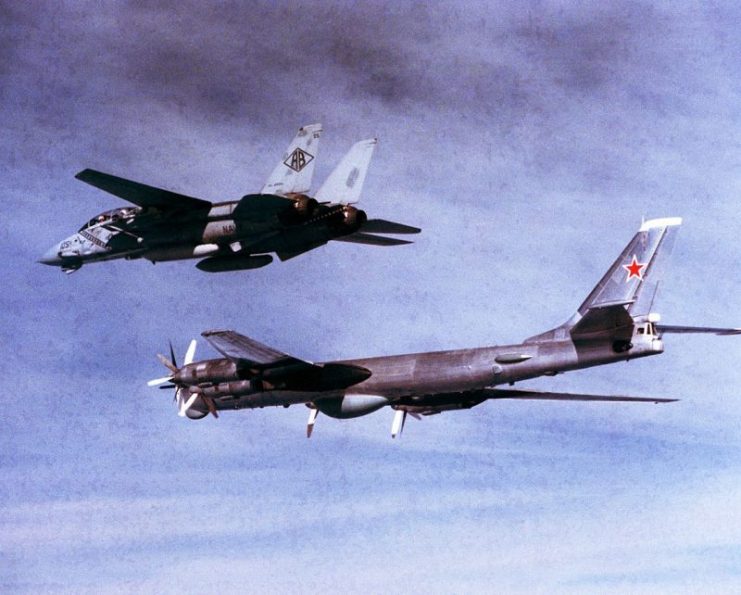
Tupolev Tu-22M Backfire
In the 1960s, the USSR designed the Tu-22M Backfire bomber aircraft. It is a long-range aircraft capable of performing nuclear strike missions, conventional attack operations, anti-ship attacks, and reconnaissance missions. It has low-level penetration capabilities that make it a much more survivable weapon system than its bomber aircraft forerunners.
It can carry bombs and air-to-surface cruise missiles. It is a multi-purpose bomber aircraft that was designed for theater attack in Eastern and Western Europe. However, it is capable of intercontinental missions against the US.
The Tu-22M Backfire can be equipped with refueling probes to permit air-to-air refueling operations, which would further increase its combat range, endurance, and overall capability.
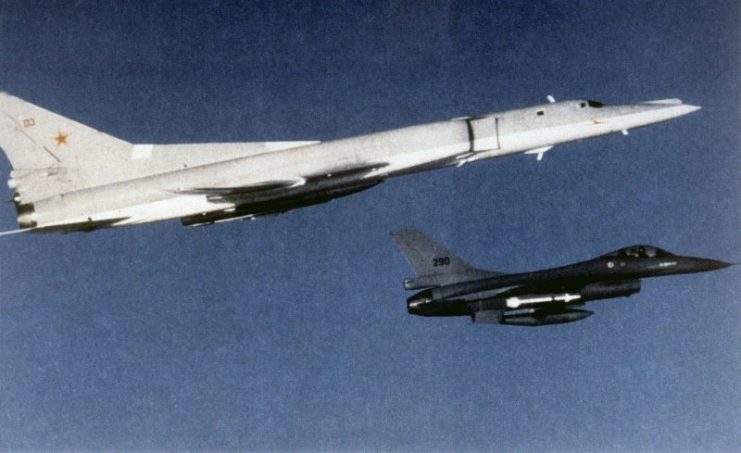
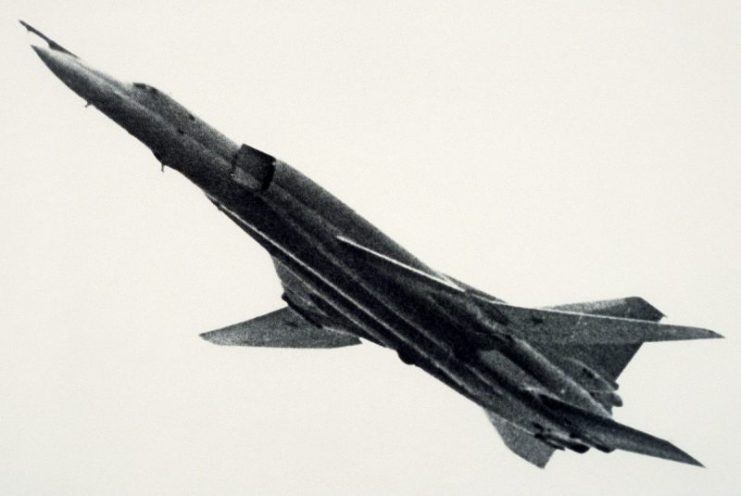
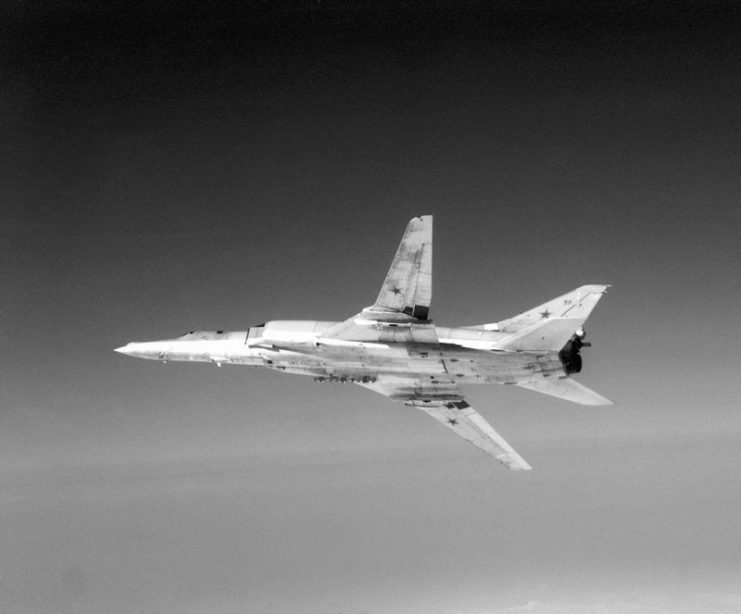
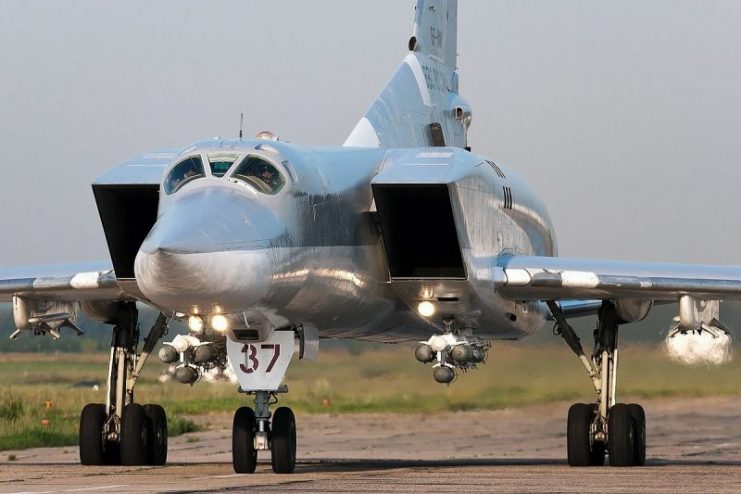
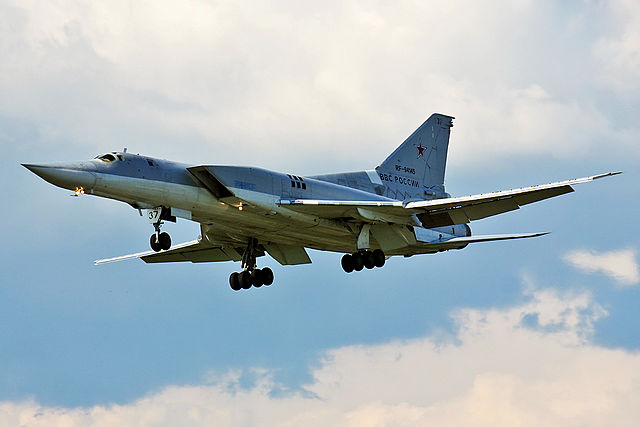
Tupolev Tu-160 Blackjack
In the 1980s, the USSR built the Tu-160 strategic bomber aircraft. It is a multi-mission strategic bomber aircraft designed for operations ranging from subsonic speeds and low altitudes speeds and over Mach one speeds at high altitudes.
The two weapons bays can provide accommodation for different mission-specific weapons, including strategic cruise missiles, short-range guided missiles, nuclear bombs, and conventional bombs.
Its basic armament of short-range guided missiles and strategic cruise missiles enables it to deliver nuclear strikes to targets with pre-assigned coordinates.
Today, the Russian Air Force plans to equip its refurbished Tu-160 Blackjack bombers with plasma stealth technology and computerized high-precision conventional weapons that could be used against tactical and mobile targets in Western Europe and elsewhere.
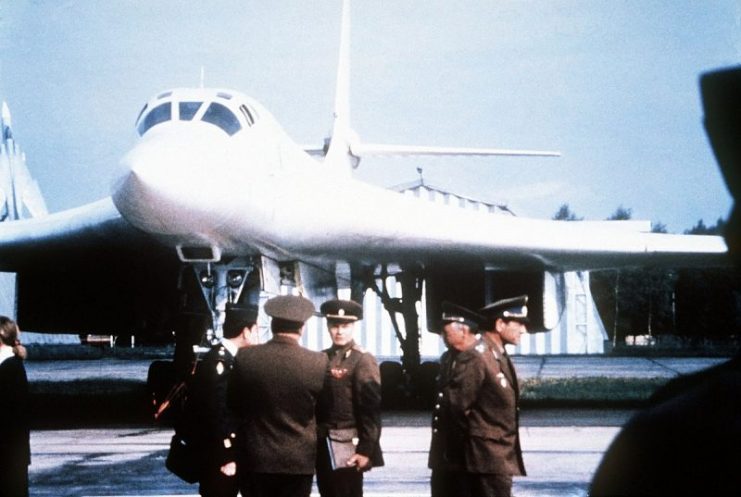
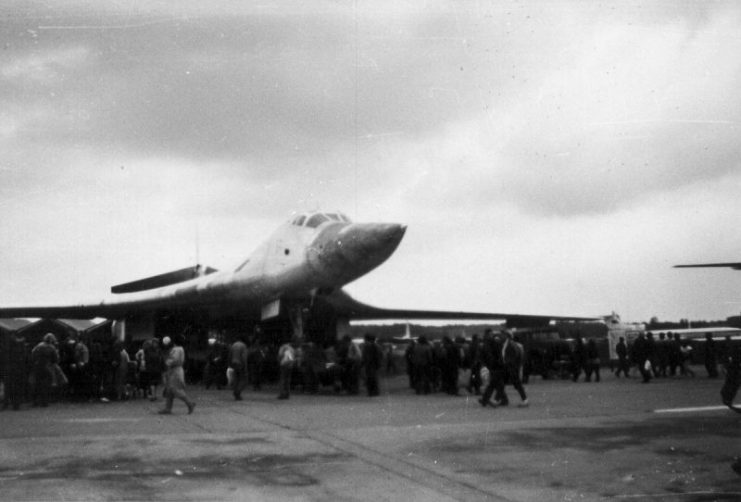
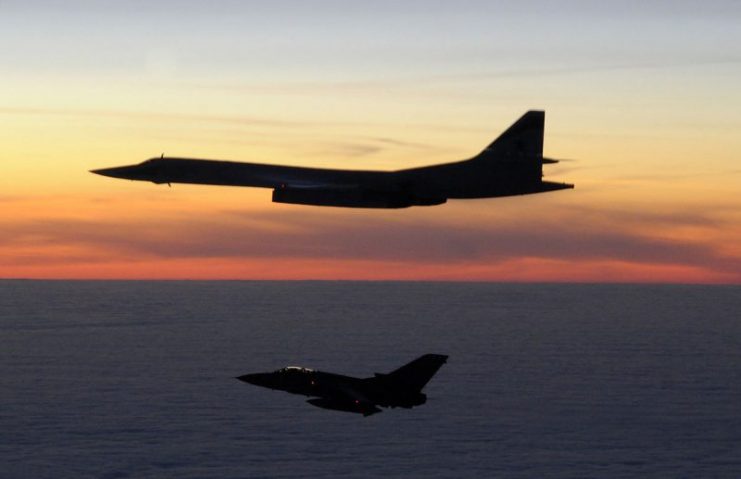
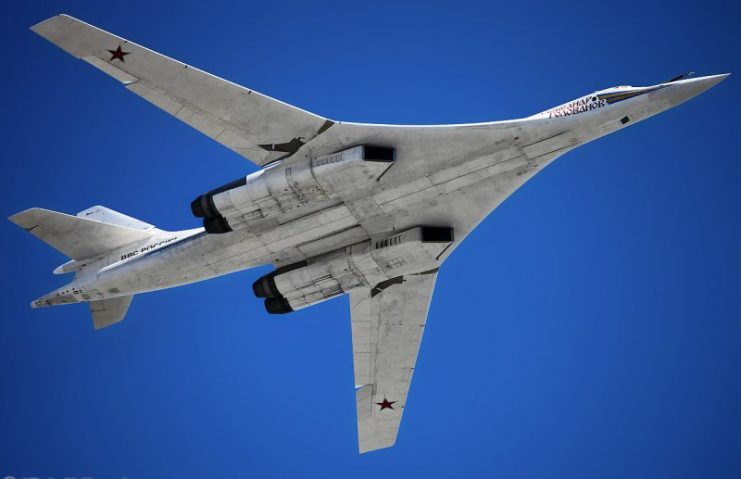
Want War History Online‘s content sent directly to your inbox? Sign up for our newsletter here!
